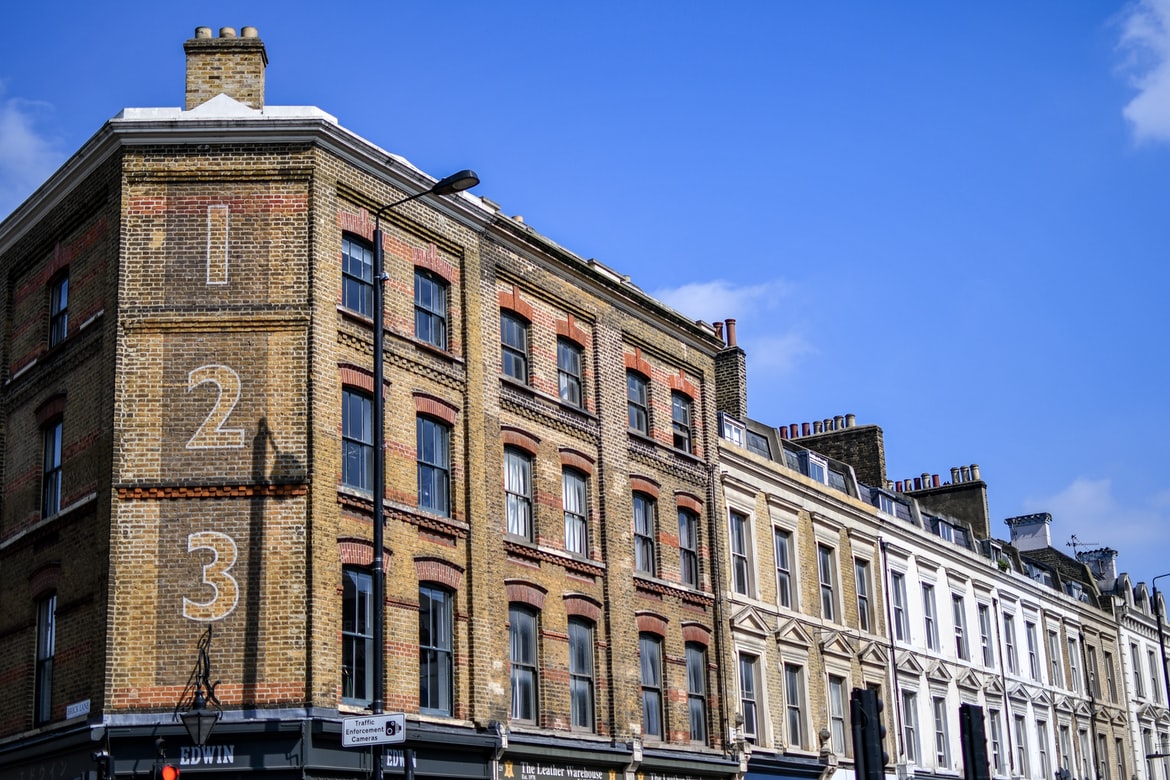
Fire-Hardening Homes: Rebuilding for a Climate-Changed Future
___
Published Date 1/21/2025
The disaster caused by high winds and dry weather in Los Angeles seems to have abated for now, but the area is still at high risk for more of the same. The estimate now for structure casualties stands at around 15,000, many of which are homes.
Amid the ongoing disaster, the ground is already being laid for the rebuilding effort, and NPR’s Kai Ryssdal reports that over the weekend, California Gov. Gavin Newsom signed an executive order with the intention of jumpstarting construction.
But rebuild how? What might it look like with fire resilience being top of mind as climate change continues to wreak havoc on structures that continue to offer little in the way of fire protection?
Recently Ryssdal interviewed Kimiko Barrett, a wildfire research and policy analyst at Headwaters Economics on his radio show Marketplace, asking what comes next when it comes to rebuilding. “When you’re dealing with retrofit, the conditions on the ground can vary so much that there’s significant variation in cost,” she said. “Some of these measures can be as cheap as $2,000 to $3,000, all the way to over $100,000 depending on where that risk comes from and the level of retrofit that’s required.”
Barrett spoke of the economics of retrofitting and what role governments can play in helping with the financial impact, the first of which was the term “hardening one’s home.” She says a better terminology for that would be “structural improvements to the home itself in order to mitigate wildfire risk.” In practice, it’s modifications to the home itself in terms of the building materials.
She expands on the definition: “In some cases, it would be the design of the home. But very often, when we talk about hardening a home, it’s fortifying it against increasing wildfire risk, and predominantly through ember cast, which ignites most homes, direct flame contact or through radiant heat.”
LA resident Ryssdal sets up a hypothetical: “So if I want to take my home, which, granted, is old and has been around for a very long time, and harden it and it’s got wood siding on it, I would have to spend, I imagine, a chunk of money to replace the wood siding. Is that what you’re saying?”
Barrett responds saying it’s a wicked crisis right now in terms of retrofits. “In some degrees, it can be cost-prohibitive. But the alternative that is worth noting is that in some situations, there are actually very affordable and very effective risk-reduction strategies,” she says. She points out elements like eave design and vent replacement. “Very, very importantly, think about that ‘zero-to-5-foot’ perimeter around the home itself.” Barrett also suggests pulling out all the mulch and replacing it with rock, essentially reducing a flammable surface area that might catch embers to ignite the structure itself.
Ryssdal asks if it’s not even easier and more cost-efficient to build new hardened homes than it is to retrofit the ones that are still standing. “It is in the sense that you’re certain you’re swapping out building materials,” says Barrett. “So instead of using wood siding, you’re going to use fiber cement siding. Or alternatively, instead of using a wood roof, you might replace it with an asphalt or a metal roof.”
Barrett points out that when you’re dealing with retrofit, you’re dealing with legacy issues, and the conditions on the ground can vary so much that there’s significant cost variation. Ryssdal: “Right, on that high-end thing, is there a financing eco then asks if there is a system supporting this. Or am I going to have to take out a second mortgage?”
Barrett says that at the federal scale right now, there is a significant lack of investment and funding for these home-hardening efforts. “FEMA has a Building Resilient Infrastructure and Communities program, but less than 5% of that goes towards wildfire projects. The state of California does have a very innovative and unique, leading pilot program on retrofits called the California Wildfire Mitigation Program, and they are the only state right now doing this at that level.” She goes on to say that there are smaller communities across the country that can help offset the costs and provide subsidies for homeowners to do these mitigation measures. “But it is a big piece that’s missing when you think through that financing mechanism,” she adds.
Ryssdal agrees that it makes it tough to scale to ensure people who need it can get this kind of thing done to save their homes. Barrett says the Federal Wildland Fire Mitigation and Management Commission was established through the Biden-Harris administration. “The first recommendation was the establishment of a federal agency that could look at community wildfire risk reduction, providing dedicated investment before a wildfire becomes a disaster,” she says. The response to that recommendation is that it’s still being discussed in Congress right now.
“We shall see. It’s an area that, you know, it’s not just wildfire risk, right? We as a society, at all levels, must be prepared for living with this increasing future of climate hazard and disaster,” says Barrett. “So now is the time to deliberately and thoughtfully think through what kind of future we expect and how to integrate these building practices into new development and retrofits before another disaster takes place.”
Marketplace, TBWS
All information furnished has been forwarded to you and is provided by thetbwsgroup only for informational purposes. Forecasting shall be considered as events which may be expected but not guaranteed. Neither the forwarding party and/or company nor thetbwsgroup assume any responsibility to any person who relies on information or forecasting contained in this report and disclaims all liability in respect to decisions or actions, or lack thereof based on any or all of the contents of this report.


Millenium Home Mortgage
Manager
NMLS: 51519
Millenium Home Mortgage LLC
1719 Route 10 East, Suite 206, Parsippany NJ
Company NMLS: 51519
Office: 973-402-9112
Email: connie@mhmlender.com

Millenium Home Mortgage
___
Manager
NMLS: 51519
Last articles
___

Volatility rises on tariff fears
3/4/2025
The Tariffs will consume all the oxygen in the marketplace today...... view more

Home prices continue to defy gravity
3/3/2025
“It ain’t over ’til it’s over” was never more true than the past few months...... view more

Smart Protection or Traditional Safety?
2/28/2025
Google the stats about the value of a home security system and here is what you’... view more

January Personal Spending was lower than expected while Personal Income increased
2/28/2025
January PCE overall month/month expected +0.4% increased 0.3% unchanged from Dec... view more

From ducts to dollars
2/26/2025
Did you know that by not keeping up with your home’s HVAC maintenance, you’re ac... view more

The haunting cost of walking away
2/25/2025
Abandonment. It’s a word that carries with it a lack of caring, concern, and com... view more

February Consumer Sentiment was much lower than expected
2/25/2025
The February Conference Board's Consumer Sentiment Index will hit at 10 am and i... view more

All hat but no cattle for home sales
2/24/2025
It’s no longer the case of ‘build it’ (or even ‘sell it’) and they will come...... view more

This week markets will be focused the Personal Consumption Expenditures Price Index
2/24/2025
After strong improvements last Friday, this morning a little pull back...... view more

Your mailbox is not always your friend in some states
2/21/2025
Picture this: You've found your dream home, you're ready to seal the deal, and y... view more
Load more
 Millenium Home Mortgage LLC
Millenium Home Mortgage LLC

